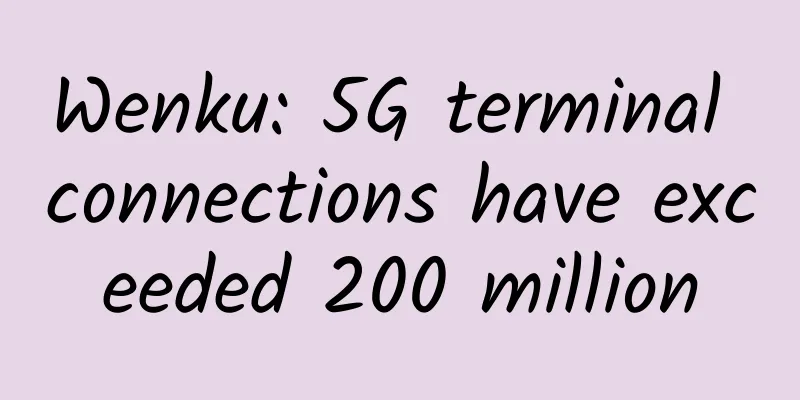Telecommunications industry survey: AI will become the top investment area in 2025

|
In the 2024 annual industry survey conducted by Telecoms, a communications industry media, many people chose AI, automation and machine learning as their top investment areas. Many respondents said that they are gradually moving from trying to explore AI to substantive application. The research report collects and organizes data from a wide range of participants, including communications service providers (CSPs), suppliers, and system integrators, analyzes the performance of telecommunications business in 2024 and the development prospects in 2025, and reveals the current hot and relatively unpopular development trends in the telecommunications industry. AI and automation will become investment hotspots in 2025, with CSPs leading the trend of AI integrationRespondents generally listed AI, automation and machine learning as the top investment areas in 2025. The report shows that more than one-third of CSPs have already implemented and used AI solutions in some areas, while about 30% of respondents said they are implementing and using AI solutions. Although the telecom industry still needs to further integrate before fully embracing AI, the survey shows that the industry is moving from experimental exploration (such as proof of concepts and pilot projects) to AI integration, especially CSPs. This transformation is expected to accelerate in the next five years. Meanwhile, with the introduction of 6G, which some believe will be built directly on top of AI, this trend will become even more pronounced. Different views on the impact of AI, edge computing and Wi-Fi 7 become the focusIn addition, the report also pointed out that respondents have different views on the impact of AI on the telecommunications industry: nearly half of the respondents believe that AI will have a gradual change in the telecommunications industry, while more than two-fifths of the respondents believe that AI will have a disruptive impact on the industry. When examining the biggest potential threats to telecom companies’ profits and long-term business success, the study found that increasing downward pressure on margins and prices, as well as ongoing war and geopolitical tensions, were also among respondents’ top two concerns. The research also highlights that while edge computing is considered "very important" to improving the performance of existing telecom networks, most respondents are not yet ready to fully deploy the technology in their existing networks. This may be due to cost concerns. The report points out that cost is a major barrier facing CSPs. Another area of focus in the survey is next-generation Wi-Fi technology, which includes Wi-Fi 7. The findings indicate that the introduction of new technology use cases and enhanced multi-user experience are the main drivers for Wi-Fi 7 adoption, but uncertainty remains about deployment timelines. Overall, the results and analysis of this study show that respondents generally believe that the telecommunications market will perform well in 2024 and believe that the coming year will be a year full of opportunities and hope. |
<<: Guava RateLimiter: A practical guide to efficient flow control
>>: How does CDN work? Do you know?
Recommend
5G will be everywhere
5G has been hyped as a new key technology for ent...
A must-have for 5G engineers! A complete list of 5G protocols
The three major operators have already commercial...
How 5G accelerates the development of the digital economy
Today, 5G construction is in full swing and gradu...
5.5G industry accelerates again! Qualcomm 5G Advanced-ready chip commercial terminals will be launched in the second half of the year
MWC 2023 is about to be held, and the 5G Advanced...
RAKsmart popular servers start at $30/month, 1Gbps unlimited traffic servers start at $99/month, US/Hong Kong/Korea/Japan data centers
RAKsmart has started its promotion this month. It...
iWebFusion: VPS hosting with 25% off starting at $7/month, 4GB/20GB/1.5TB/5 data centers including Los Angeles & North Carolina
iWebFusion's 25% discount coupon for VPS host...
Xiezhong's progress is remarkable丨2019 H3C Automotive Industry CIO Forum accelerates smart upgrades across the board
After years of sustained rapid growth, my country...
Understanding OpenID Authentication through Examples
In the article "Understanding OAuth2 through...
HostYun: Hong Kong native IP high bandwidth VPS monthly payment from 27 yuan, single core/1G memory/10G SSD/50M port
Friends who need a Hong Kong native IP host can p...
5G will explode with AI, cloud, and edge computing
The 5G era has arrived, and all walks of life are...
HostKvm: Hong Kong CTG bandwidth/traffic upgrade 20% off $7.6/month-2G memory/40G hard disk/30M bandwidth
HostKvm has upgraded the bandwidth and traffic of...
Dedicated 5G networks for smart sports stadiums and venues
Advances in technology are dramatically changing ...
Revelation from global 5G speed test: Can operators break away from homogeneous competition?
The same coverage, the same bandwidth, the same m...
Singapore to shut down 3G and reallocate spectrum for 5G
Singapore will shut down its 3G network in July n...
The road to intelligent manufacturing: Ruijie builds a simple and efficient production network foundation for pharmaceutical companies
In recent years, with the accelerated advancement...









